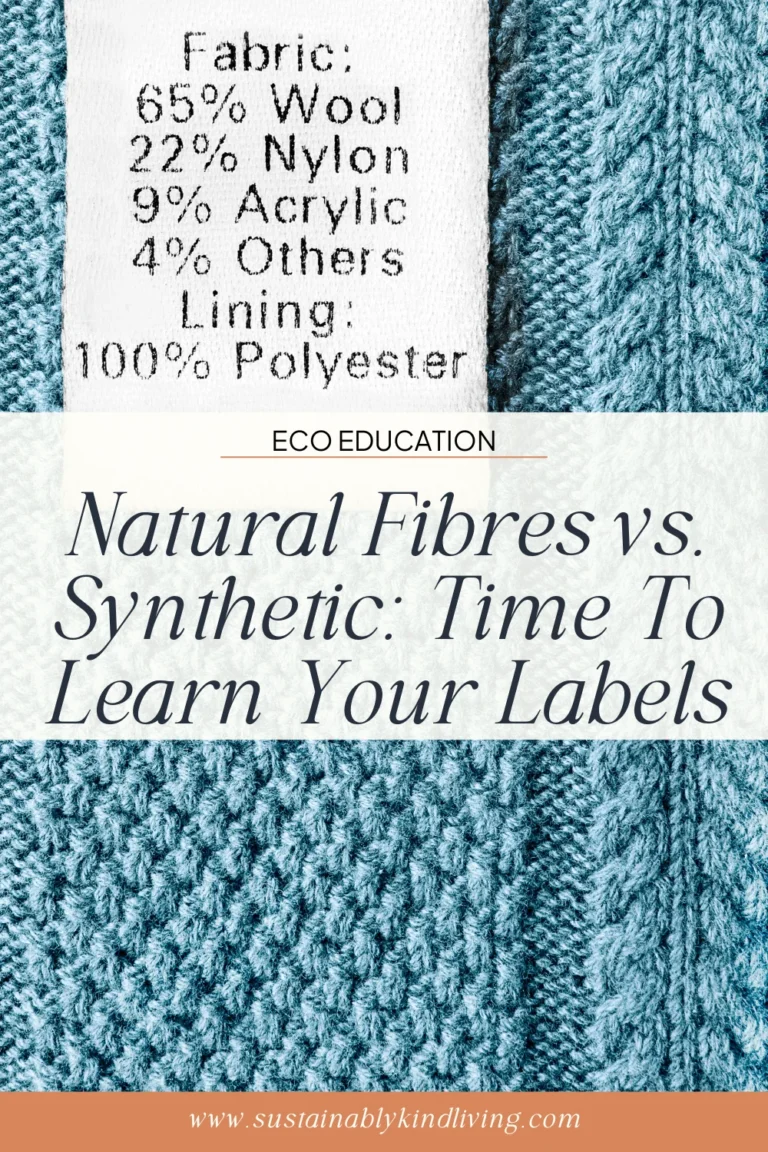SKL is reader supported. When you buy through links on our site, we may earn affiliate commission. Learn more here.
Just how sustainable is the well-known British retailer Marks & Spencer?
Many people assume that this fashion retailer must be sustainable- why wouldn’t it be?!
But we are here to break down all the facts and explain in detail how M&S is not as sustainable as we hoped. We are going to dive deep into the company’s background, sustainability targets, ethics, materials, recycling program, working conditions, and greenwashing tactics. Let’s jump in!
This blog will specifically explore the ethics and sustainability of Marks & Spencer.
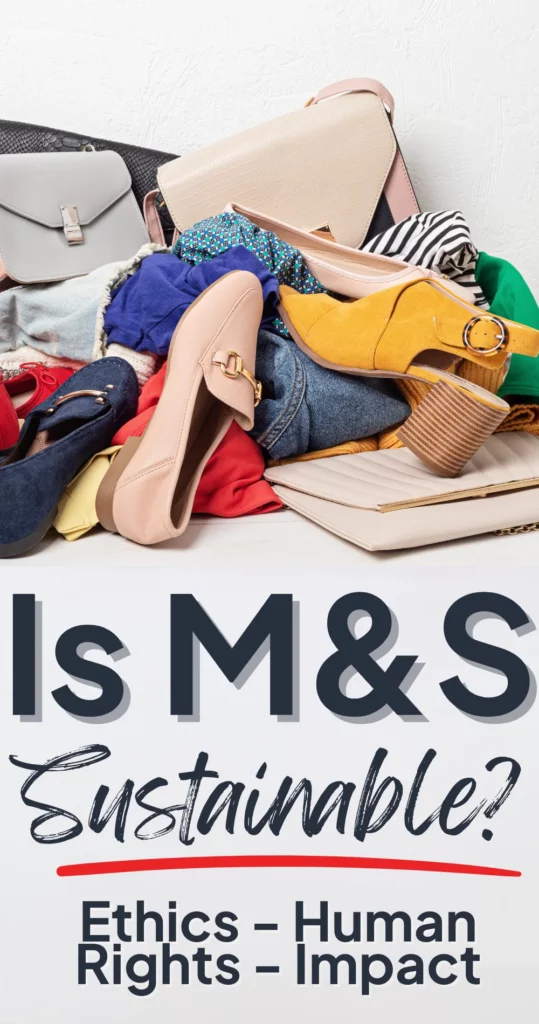
About M&S
The origin of Marks & Spencer dates back to the late 1800s when two men (guess their names) began selling home goods from market stalls and stores they referred to as Penny Bazaars.
In the 1920s, M&S rooted itself in London and began selling more everyday items, including its first clothing line.
Interestingly, they cite their bra as their most iconic product, with 1 in 3 British women buying them still today. They continued to expand their clothing line under the name St Michael.
M&S has grown and expanded to offer food, furniture, home goods, clothing, and even a banking service. Arguably, you could call M&S a department store, although they reject that label.
Some M&S stores are solely food and grocery stores, and some include multiple departments or “full line.” According to their site, M&S has “247 full-line stores across the UK, which will move to 180 higher quality, higher productivity full line stores over the next three years.”
The downsizing of the full-range stores is partly due to closures, relocation, or shifting full-line stores to food stores (which are growing from 316 to 420 stores). They reportedly have almost 1,500 stores globally.
In recent years, M&S has struggled to find its footing when it comes to its fashion offering. It has had a hard time positioning itself with style and pricing amidst its hyper-trendy fast-fashion competitors like Zara, while many still perceive M&S as out of touch.
This is likely one of the reasons M&S is shifting more towards food expansion and away from their full-line stores. While they’ve had a bit more success in clothing this past year, time will tell if they’ve corrected their past fashion mistakes (and if this was done ethically).
Is M&S fast fashion?
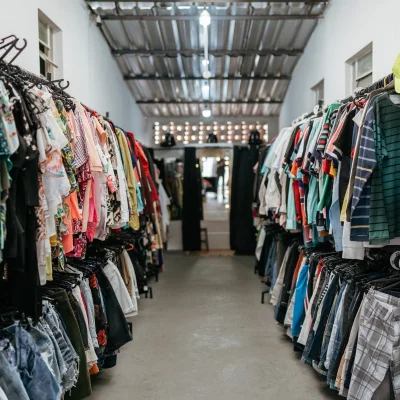
Given M&S’ reputation for lagging on style, it hasn’t been one to chase trends. However, tired of falling behind in fashion, M&S has started adopting a more identifiable model of fast fashion.
They hired former Topshop fashion director Maddy Evans, who is credited for making M&S fashionable again. M&S has acquired the fashion brand Jaeger and sells a mix of its owned brands as well as third-party brands.
And while their food is typically seen as more premium, their clothing prices rival that of fast fashion giant H&M, depending on the category. They are selling a high volume of clothing at low costs (or “good value,” as they put it)— this is an indicator that they are indeed a fast fashion company.
They have over 700 items listed in their “new arrivals” shopping category for women’s clothing alone. The shopping site has an overwhelming number of categories and volume characteristics typical of a fast fashion company.
Is M&S Ethical and Sustainable?
Despite its fast fashion practices, M&S is generally perceived as a more sustainable brand. A recent survey of UK customers found that consumers consider H&M, Nike, Primark, M&S, and Amazon to be the top 5 most sustainable retailers.
Let’s explore why people think M&S is sustainable and whether there’s any merit to it.
Sustainability Targets & M&S’ Plan A
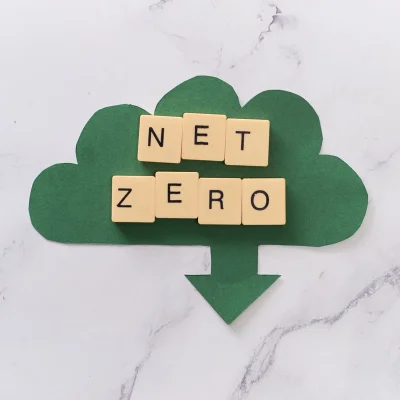
To M&S’ credit, they released a sustainability initiative in 2007, several years before climate issues were on other fashion brands’ radar. This initiative is known as Plan A.
They have recently “reset” their Plan A initiative with a singular focus to achieve “a net zero business across the entire value chain by 2040.” Sounds nice, but let’s review “net zero” and whether that’s truly a sustainable goal.
Net zero refers to balancing out the amount of greenhouse gasses emitted and the amount removed from the atmosphere. Now, ideally, net zero emissions are achieved by eliminating carbon-producing practices.
However, the strategy allows for “net zero” to be achieved by purchasing offsets or carbon removal. This means companies can continue to emit greenhouse gasses as long as they throw enough money at offsets to “balance it out.”
But it’s not truly balanced if it’s still adding carbon pollution to the atmosphere. Carbon offsets and carbon removal strategies are not equal to the carbon never having been emitted in the first place.
Do we need net zero goals and carbon reduction strategies— absolutely! But, it’s important to recognize that polluting brands will often use “net zero” language and goals to justify continuing to emit greenhouse gasses.
Could M&S be authentic in this goal and actually look to reduce their initial carbon emissions more than they are looking to offset them?
94% of their emissions come from Scope 3, meaning not from the company itself but from suppliers or other indirect sources related to the company.
They’ve set a goal approved by the Science Based Target initiative to reduce absolute Scope 1, Scope 2, and Scope 3 GHG emissions by 55% by 2030.
According to the latest M&S sustainability report, they are making progress on this goal for Scope 1 and 2 (only 6% of their total impact) but reported an 8% increase in Scope 3 emissions.
Despite increasing emissions contrary to their Plan A and Science Based Target initiatives, M&S indicated this was “progressing” towards their goal.
M&S Materials & Recycling Program
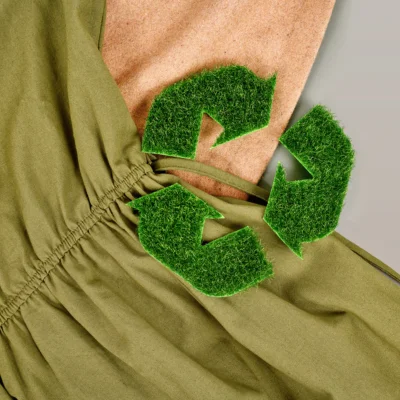
M&S states its material goal is to source 100% of polyester from recycled polyester by 2025/26, and that currently, 100% of the cotton in their clothing is sourced through Better Cotton or with organic and recycled certifications.
However, the “more sustainable” cotton solutions are loosely defined and unverified, and they rely heavily on the Better Cotton partnership to bolster their image, despite the fact that Better Cotton doesn’t guarantee safe and fair working conditions.
As for recycled polyester, there has been no published data on progress from M&S in recent years.
As of 2020, M&S reported to Synthetics Anonymous that 54% of products were made with synthetics and that 22% of the polyester was from recycled sources. Only 5% of the garments examined by Changing Markets in 2021 contained recycled synthetics.
Therefore, there’s a lot of vagueness about M&S’ recycled materials use (note that they only talk about recycled polyester, not other synthetics).
Additionally, recycled polyester isn’t a truly sustainable solution as it still requires fossil fuel inputs, sheds microplastics, faces barriers to recycling, and lacks a responsible end-of-life solution.
M&S includes circularity as one of its Plan A-pillars. One of the mechanisms that supports this goal is a take-back recycling program. They partner with Oxfam to rehome these clothes.
Oxfam is a charity shop, and very little that is sent to thrift stores is resold or recycled.
M&S absolves themselves from being responsible for these clothes by sending them to Oxfam, which is highly likely just one step closer to being sent to the Global South to sit in their landfills due to the problematic practices of the secondhand market. This is known as waste colonialism.
Marks & Spencer clothing was found to be among the most prevalent brands amongst the discarded clothing piling up on the beaches of Accra, Ghana, due to these exploitative brand practices.
M&S Greenwashing

When examining the claims and products of M&S, Changing Markets said, “M&S is notable for the number of items with a sustainability claim that are paired with third-party certification or standards – covering 86% of products with this attribute. However, the claims on materials such as organic cotton and recycled synthetics lack substantiation or verification through third-party certifications on each individual product page.”
Essentially, Changing Markets’ analysis found that 88% of M&S’s sustainability claims would not meet CMA guidelines, meaning there’s significant greenwashing going on!
Additionally, M&S has multiple links to companies responsible for deforestation in the Amazon rainforest despite several stated commitments to avoid deforestation.
M&S Working Conditions
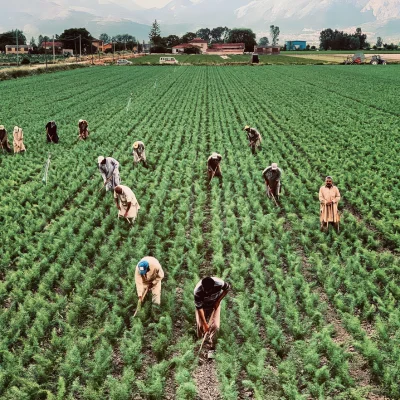
M&S is guilty of denying workers payment during the pandemic, part of what the Workers Rights Consortium called the “worst wage theft.”
While M&S does have decent policies regarding animal rights, considering class, race, and gender in hiring, and offering UK workers a living wage, Remake reports, “M&S still has a long way to go on its sustainability journey, having yet to divulge specific information regarding labor conditions along its apparel supply chain.”
They don’t publish their supplier audits, but last year’s audit report reveals that health and safety issues made up 63% of the issues noted in the audits, followed by working hours and wages.
Fashion Revolution scored M&S 38 out of 100 in their Transparency Index (a decrease from last year), with supply chain traceability being their lowest scoring metric.
They’ve also had issues with child labor and poor working conditions in the past. Therefore, without more information about Marks & Spencer’s supply chain, we cannot be sure that their workers are protected and treated fairly.
This blog post was all about the ethics and sustainability of M&S’ clothing.
It seems that despite the sustainable perception of Marks & Spencer, the brand still falls prey to many of the industry’s abuses, from wage theft to greenwashing to false solutions. It’s best to steer clear and look to brands that communicate honestly and clearly, unlike M&S.
This has been your comprehensive guide to Mark & Spencer’s greenwashing and sustainability claims.
If you enjoyed this article on the Sustainability of Marks & Spencer, check out these other articles below!
 Enter To Win Over $1500+ In Non-Toxic Goodies!
Enter To Win Over $1500+ In Non-Toxic Goodies! 





